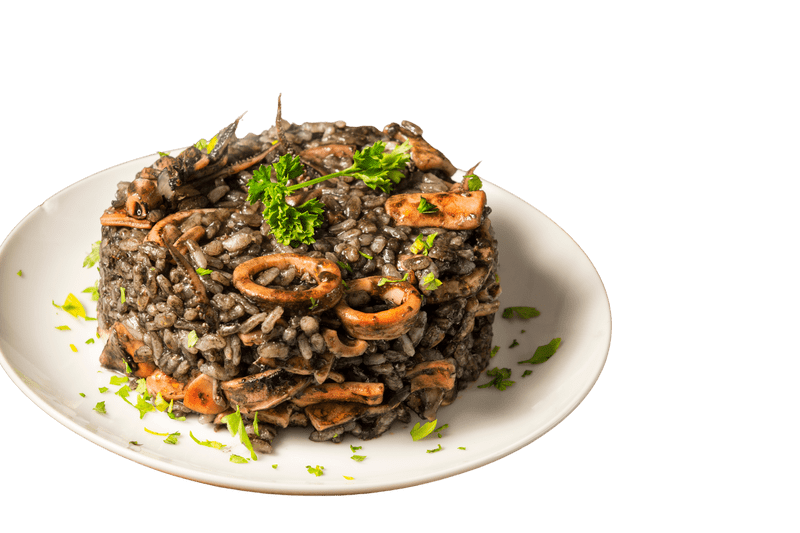Tasty
Haitian Food

Contents

Haitian Food Culture
Diri ak Djondjon
Haitian Food Culture 😋

Haitian cuisine is like the country’s own version of a food festival that never ends. Imagine if your spices went on a tropical vacation and came back with a zest for life —that’s Haitian food! It’s a culinary mash-up where Africa, France, Taino and the Caribbean have a dance-off in your mouth.
Key ingredients include anything that can survive a tropical climate or a spirited game of 4-3-7 💬 think rice, beans, tubers, seafood and plantains. And the spices? They’re not just added; they’re thrown in with the kind of flair you’d expect from a Carnival parade.
Let’s talk about the VIPs of Haitian dishes:
Griot: Picture pork cubes hitting the gym, getting marinated for hours and then deep-fried to crispy perfection. Served with pikliz, which is like coleslaw’s spicy cousin with an attitude.
Soup Jomou: This pumpkin soup is basically a national treasure, served on Sundays as a reminder that independence tastes delicious.
Diri ak Djondjon: The dynamic duo of rice and dried button mushrooms, often seen hanging out with coconut milk and making everyone else at the dinner table jealous.
On the drink side, We, Haitians, we love our Kremas”a creamy concoction that’s like eggnog went on a Caribbean holiday and forgot to come back. Plus, there’s Haitian rum, which is as smooth as the Konpa rhythms.
Street food is where the real party’s at, offering everything from spicy meat patties aka “pate’ to fried plantains or “bannann peze”. It’s like fast food, but with soul.
In Haiti, food isn’t just about eating; it’s a communal experience, a celebration of life’s flavors, and sometimes, a cheeky nod to the spirits in Vodou rituals. In short, Haitian cuisine is a joyous, spicy, and soulful ride that guarantees you’ll never look at a stew the same way again.

Diri ak Djondjon

Coming Soon

Learning Resources
Read
Lizay
– Cultivating a reading habit isn’t just about leisure; it’s a cornerstone of lifelong learning. Explore practical tips and strategies to infuse reading into your daily routine, unlocking a wealth of knowledge and creativity that lasts a lifetime.
Nursery
Bèsez
-Melodic lullabies have the enchanting power to transport us through time.”
Spelling
Dikte
-Let’s crank up the learning vibe – jot it down for an epic knowledge boost!
food
Manje
-Embark on a vibrant voyage through colors, and immerse yourself in the rich flavors of Haiti.
Book
Store
-Welcome to the library! Here, you will find additional resources to help you improve your Haitian Creole reading skills.
